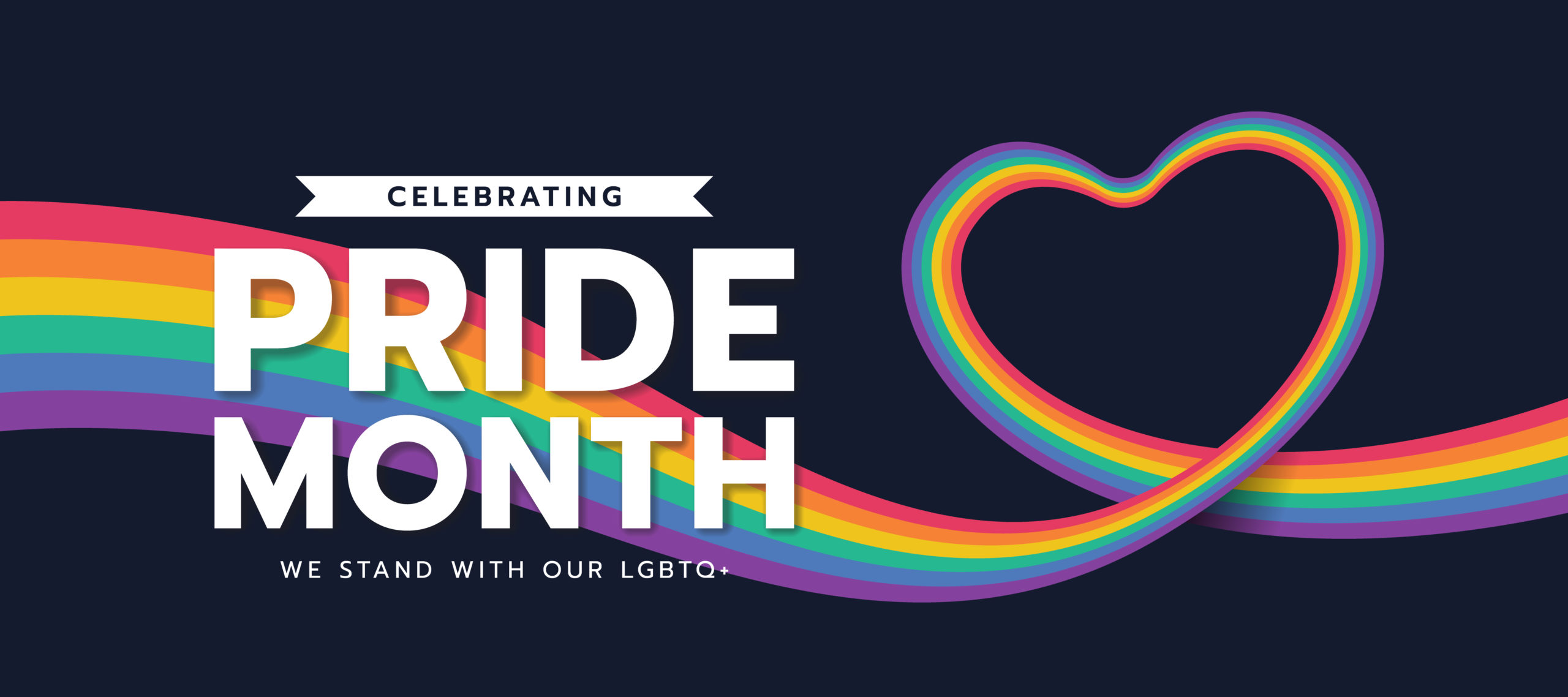About five years ago, the Centers for Disease Control and Prevention (CDC) released a first-ever report that assessed the lifetime risk of HIV in America. An eye-opening finding was that one specific group, Black MSM (men who have sex with men), was reported to have a staggering one-in-two chance of contracting HIV in their lifetimes, irrespective of age or geographic location.
The CDC report analyzed national HIV surveillance data from 2009 to 2013. The research aimed to identify disparities in HIV infection rates by region, age, biological sex, sexual orientation, race/ethnicity, and injecting drug use. Part of the research aimed to identify where resources must be directed to overcome these historical disparities. This included increasing treatment access for at-risk communities and overcoming barriers to HIV testing and stigma, as well as homophobia.
Here are the salient findings of the CDC report:
- The lifetime risk of HIV is one in 68 for males and one in 253 for females, the disparity of which is mainly due to high rates of HIV among MSM.
- By race, the lifetime risk is one in 22 for Black males, one in 51 for Latino/Hispanic males, and one in 140 for white males.
- As a group, MSM has a one-in-six lifetime risk of HIV. The group with the lowest risk is heterosexual males, with a lifetime risk of one in 524.
- White MSM has a one-in-11 lifetime risk of HIV.
- Latino/Hispanic MSM have a one-in-five lifetime risk of HIV.
- Black MSM have a one-in-two lifetime risk of HIV, by far the highest rate of all risk groups.
Why are Black MSM at such an extreme and excessive risk of becoming infected with HIV? “The causes of the disparity in Black MSM are neither simple nor straightforward,” states Verywellhealth.com. “The knee-jerk response may be to assume that sexual practices (namely anal sex) paired with cultural attitudes are the sole factors that place Black MSM at such exceptionally high risk. But, the simple fact is that Black MSM are at the epicenter of numerous intersecting vulnerabilities that, together, compound their risk of infection.”

And what are those vulnerabilities? They include:
- HIV Stigma. “From a historical perspective, epidemics almost invariably hit stigmatized populations harder than other population groups. This is because there is often little to stop the spread of infection among groups who regularly face healthcare discrimination and/or lack access to culturally specific healthcare services,” according to Verywellhealth.com. “So, when infection rates begin to rise, negative stereotypes and prejudices are often reinforced.” This, in turn, can send MSM “into the closet” for fear of disclosure of not only their HIV status but their sexual orientation.
- Physiological Vulnerabilities also place MSM at a higher risk of HIV overall. Chief among these is anal sex. Biologically, the anus and rectum are lined with only a single column of cells (epithelial) that serve as a barrier to infection. By contrast, the vagina has many. And as a result, anal sex is the most efficient means of HIV infection and is associated with an 18-fold greater risk of HIV transmission when compared to vaginal sex.
- Other Sexually Transmitted Infections (STIs). Having an STI only increases a person’s chance of contracting HIV; certain STIs, like syphilis, can cause sores that allow the virus easier access into the body. Other infections, such as chlamydia and gonorrhea, create an inflammatory response that attracts the immune cells (CD4 T) that HIV targets for infection. According to the CDC, chlamydia, gonorrhea, and syphilis in Black MSM occur at rates 4.5, 6.6, and 8.9 times greater than in white MSM.
Verywellhealth.com states that there are three significant avenues that STIs increase the HIV risk for Black MSM:
- Poverty. Soaring poverty rates in Black communities are inherently linked to higher rates of HIV. Severe economic hardship not only limits access to healthcare and health insurance but also increases the likelihood of incarceration, substance abuse, and housing insecurity–all of which are risk factors for HIV. In 2018, the poverty rate among Black people in the United States was 22% compared to 9% for White people. Even worse, many southern states exceed these figures, such as Louisiana, where 30% of the Black population lives in poverty.
- Sexual Networks. According to the CDC, Gay and bisexual men of color tend to have sex with their own race, meaning their sexual networks are smaller and more exclusive. Therefore, the likelihood of transmission is increased because there is already a higher rate of HIV within that community. And as a result of their smaller sexual networks, Gay and bi men of color tend to have sex with older men as they are more likely to have HIV. Therefore, Black MSM tend to get infected younger than their heterosexual male counterparts.
- Distrust in Institutions. The historical failure of social, judicial, and public health services within lower-income communities fuels public distrust in governmental institutions. This is especially true among Black MSM/men and includes mistrust in public health facilities offering HIV testing and treatment. Even if treatment is accessed, there is a greater likelihood that a Black MSM will eventually drop out. As a result, among Black MSM, only 59% of those who access treatment for HIV remain in treatment. And unfortunately, distrust of public health authorities can also reinforce negative attitudes about HIV prevention and treatment, enabling AIDS denialism and conspiracy theories.
In Conclusion.
That CDC study reported that Black men who have sex with men (MSM) have a one-in-two chance of getting HIV in a lifetime, which is staggering. Today, Black MSM in the U.S. are at the most significant risk of HIV compared to all other population groups. As stated earlier, the causes for this disparity include HIV stigma, homophobia, higher poverty rates, STIs, smaller sexual networks, and distrust in government institutions.





Leave A Comment